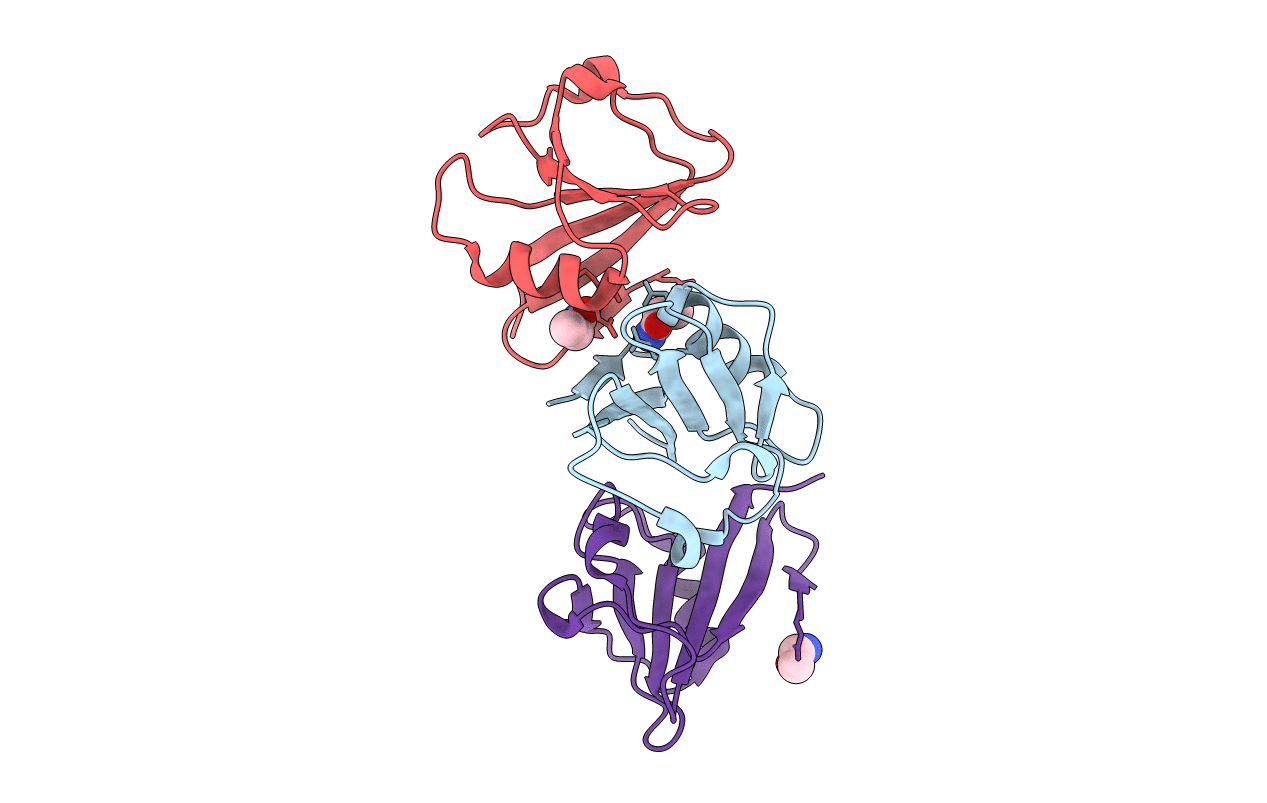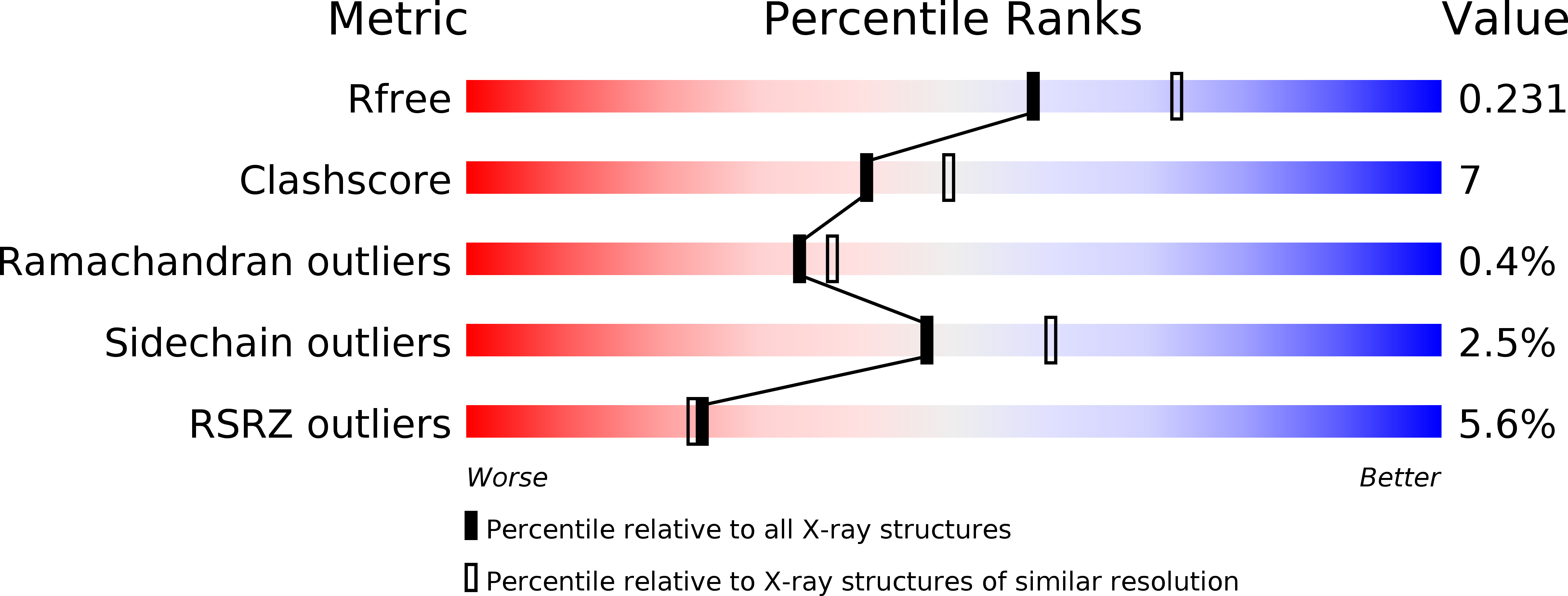
Deposition Date
2001-03-15
Release Date
2001-08-08
Last Version Date
2024-10-30
Entry Detail
Biological Source:
Source Organism:
Haementeria officinalis (Taxon ID: 6410)
Host Organism:
Method Details:
Experimental Method:
Resolution:
2.20 Å
R-Value Free:
0.24
R-Value Work:
0.21
R-Value Observed:
0.21
Space Group:
P 43 2 2


